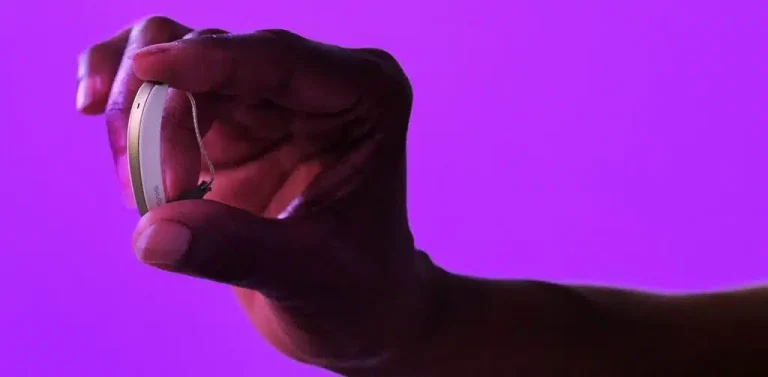Conventional liposuction needs an invasive technique to extract fat from regions like the abdomen, arms, and thighs. But, there’s another method of slimming down without surgery, and that’s laser-assisted lipolysis. A laser lipo in Ohio depends on laser energy to slim the body fast and with minimal effort from the patient.
What’s the Laser Liposuction Treatment Process Like?
During a laser lipo session, the patient is put in a comfortable cocoon to help speed up the metabolic process. Local anesthesia is also administered. After that, the technician makes tiny incisions on the treatment region to insert a low-energy laser fiber. The fiber concentrates laser energy on the fat cells, which destroys them.

The laser energy also stimulates production of collagen and elastin in the patient’s skin. That helps to tighten the skin and improve its appearance and texture.
Using the same lipo device, the doctor suctions the liquefied fat, permanently eliminating it from the body. Finally, the physician closes the incisions.
Patients might notice a difference almost immediately, but for the best results, repeat appointments are necessary. Most people need 6 to 8 treatment sessions to gain maximum results. The recommended frequency is two treatments a week for four weeks.
The recovery period for laser lipo is minimal in comparison to traditional liposuction. Following the surgery, patients are advised to wear a compression garment and rest for several days, even if they do not feel any discomfort.
The small size of the incisions means that scarring from laser lipo is minimal and hardly noticeable. Since the procedure also leads to fewer traumas on the treatment site, the swelling and bruising is lower than with conventional liposuction.
While improvements might be noticeable within a few days following surgery, it might take some weeks for complete healing. Additionally, after the procedure, patients should maintain a balanced diet to ensure lasting positive results. Avoid alcoholic beverages and added sugar. People who consume more calories than they burn will ultimately see their improvement begin to reduce over time.
The side effects and risks of laser lipo are minimal. After the procedure, one might experience pain or numbness in the treatment area. Some people also experience a burning sensation under the skin or loose, discolored skin.
Who’s A Good Candidate for the Procedure?
The pool of eligible candidates for laser liposuction is smaller than for traditional liposuction. That’s because laser lipo isn’t ideal for extensive weight loss. The most ideal candidates are:
- In good health with favorable skin elasticity
- Looking to deal with problem areas instead of overall body weight loss
- Just around 25 pounds over their desired body weight
On the other hand, pregnant, breastfeeding or menstruating women should not undergo laser lipo. Additionally, people with the following conditions are not eligible for the procedure:
- Cancer
- Abnormal tissue growth
- Liver disease
- A vascular ailment
- Blood clots
- Multi-sclerosis
- Insulin-dependent diabetes
- Heart disease or other cardiovascular conditions
- Using a pacemaker or defibrillator
- Using implants
Moreover, laser lipo is not suitable for anyone who’s recently had surgery or is taking anticoagulant medication.

What Are the Target Areas for Laser Liposuction?
All body parts that keep fat can be treated using laser lipo. However, the most common treatment regions are:
- Thighs
- Arms
- Below The Chin
- Abdomen
- Waistline
What Are the Benefits of Laser Lipo?
Laser liposuction comes with the following advantages:
- A decrease in excess fat at the treatment site
- Minimal discomfort
- Quicker recovery
- Safer treatment because the minimally-invasive nature of the procedure alongside the laser technology decreases the risk of infection
All in all, laser liposuction is an excellent alternative to conventional lipo. It’s an effective, minimally-invasive technique for the reduction of unwanted fat in different body parts.
















